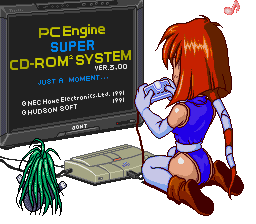I'm trying to read the state of multiple six-button controllers through a TurboTap. Unfortunately I don't own any of these controllers nor could find any information on how this is supposed to work.

Based upon this six button schematic, and these TurboTap notes I'm guessing you'd do the following :
1) Start with SEL high and CLR low.
2) Raise and lower CLR to reset the turbotap.
3) Read in all five controllers' data by toggling SEL ten times...
3a) IFF the controllers' data are all low when SEL is high, THEN this is a six button controller. We can assume the data pulled in when SEL is low will be the extra buttons' states.
3b) IFF the controllers' data were all low when SEL was high previously - but aren't now, THEN this is a six button controller and we're pulling in the "default" button set.
3b) IFF the controllers' data are never all low when sel is high, THEN this is definitely a two button controller.
4) Repeat steps 2-3 a second time to identify and fetch the other half of the data for any six button controllers.
Any help would be appreciated.
Edit : Made signal names a little more clear.
Based upon this six button schematic, and these TurboTap notes I'm guessing you'd do the following :
1) Start with SEL high and CLR low.
2) Raise and lower CLR to reset the turbotap.
3) Read in all five controllers' data by toggling SEL ten times...
3a) IFF the controllers' data are all low when SEL is high, THEN this is a six button controller. We can assume the data pulled in when SEL is low will be the extra buttons' states.
3b) IFF the controllers' data were all low when SEL was high previously - but aren't now, THEN this is a six button controller and we're pulling in the "default" button set.
3b) IFF the controllers' data are never all low when sel is high, THEN this is definitely a two button controller.
4) Repeat steps 2-3 a second time to identify and fetch the other half of the data for any six button controllers.
Any help would be appreciated.
Edit : Made signal names a little more clear.



